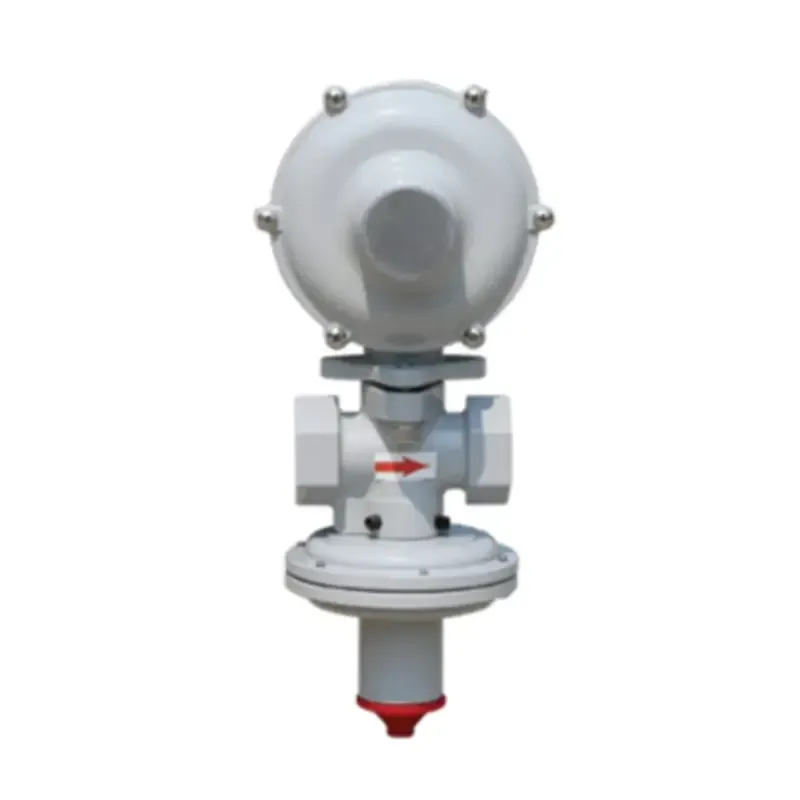
Dec . 10, 2024 14:31
Back to list
pressure reducing valve
Understanding Pressure Reducing Valves Function, Applications, and Benefits
Pressure reducing valves (PRVs) are critical components in a variety of fluid systems, ensuring that the pressure of fluids is maintained at safe and manageable levels. These devices play an essential role in preventing damage to equipment, maintaining system efficiency, and ensuring the safety of operations across multiple industries, including water supply, gas distribution, and various manufacturing processes.
What is a Pressure Reducing Valve?
At its core, a pressure reducing valve is a self-acting valve that reduces the input pressure to a lower output pressure. It allows fluid to flow from a higher pressure supply to a lower pressure system while automatically compensating for variations in upstream conditions. This mechanism ensures that the downstream system remains stable and operates within the desired pressure range.
PRVs consist of several key components, including a spring-loaded diaphragm that responds to changes in pressure, an adjustable spring tension feature to set the desired output pressure, and a flow passage for the fluid. Once the set pressure is reached, the PRV modulates the flow, maintaining the output pressure even when upstream pressures fluctuate.
How Does a Pressure Reducing Valve Work?
The operation of a pressure reducing valve relies on the balance between the upstream pressure and the force exerted by the internal spring. When the upstream pressure exceeds the preset level, the diaphragm moves, which throttles the flow through the valve and reduces the downstream pressure. As the downstream pressure drops, the valve opens again, allowing more fluid to flow through until the desired pressure is achieved.
This continuous adjustment is what makes PRVs indispensable for systems that experience variable demands. For example, in municipal water distribution systems, variations in consumption throughout the day can lead to spikes in pressure. By implementing PRVs, utilities can ensure that consumers receive water at a consistent and safe pressure level, regardless of fluctuating demand.
Applications of Pressure Reducing Valves
Pressure reducing valves have a wide range of applications across multiple sectors
pressure reducing valve

2. Gas Distribution In natural gas pipelines, PRVs maintain safe operating pressures, which is crucial for preventing leaks and ensuring safe delivery to consumers.
3. Heating Systems In steam or hot water heating systems, PRVs help maintain consistent pressure within boilers and heating networks, enhancing efficiency and safety.
4. Hydraulic Applications In hydraulic systems, PRVs are used to manage the pressure of hydraulic fluids, ensuring optimal operation of equipment and machinery.
5. Industrial Processes Many manufacturing processes demand precise pressure control, and PRVs are vital for maintaining optimal conditions for chemical reactions, product quality, and overall system performance.
Benefits of Using Pressure Reducing Valves
One of the primary benefits of pressure reducing valves is the protection they offer for both people and infrastructure. By preventing pressure surges, PRVs help to prolong the life of pipes, fittings, and connected equipment, reducing maintenance costs and the likelihood of system failures.
Additionally, PRVs contribute to energy efficiency. By managing pressure levels appropriately, systems can operate more efficiently, leading to lower energy consumption. Furthermore, with reduced pressure at the point of use, the risk of leaks and wastage decreases, which is particularly important in systems where resources are limited or costly.
Moreover, regulatory compliance is another essential consideration. Many industries are subject to strict regulations concerning pressure limits. PRVs can help facilities remain compliant, avoiding fines and enhancing public safety.
Conclusion
In summary, pressure reducing valves are vital components in a myriad of applications, from municipal water systems to industrial manufacturing processes. They enhance safety, ensure operational efficiency, and contribute to the sustainability of resources. As technology advances and industries evolve, the role of PRVs will likely continue to grow, making them indispensable in an increasingly complex world where pressure management is paramount. Understanding their function and applications is crucial for anyone involved in the design, operation, or maintenance of fluid systems.
Latest news
-
Safety Valve Spring-Loaded Design Overpressure ProtectionNewsJul.25,2025
-
Precision Voltage Regulator AC5 Accuracy Grade PerformanceNewsJul.25,2025
-
Natural Gas Pressure Regulating Skid Industrial Pipeline ApplicationsNewsJul.25,2025
-
Natural Gas Filter Stainless Steel Mesh Element DesignNewsJul.25,2025
-
Gas Pressure Regulator Valve Direct-Acting Spring-Loaded DesignNewsJul.25,2025
-
Decompression Equipment Multi-Stage Heat Exchange System DesignNewsJul.25,2025

